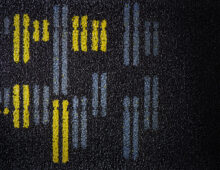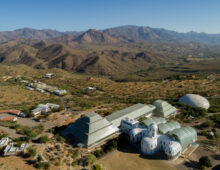Genome Insider S5 Episode 3: A Redesign for Yeast’s Genome, Chromosome by Chromosome
To engineer yeast to do more, and understand genomes in general, Jef Boeke, Weimin Zhang (NYU Langone Health) and Leslie Mitchell (Neochromosome) have worked to replace yeast’s native chromosomes with synthetic versions. This project has turned out to be an international collaboration, with some artistic endeavors along the way. Eventually, the goal is to create an entirely human-generated yeast genome. [Read More]




